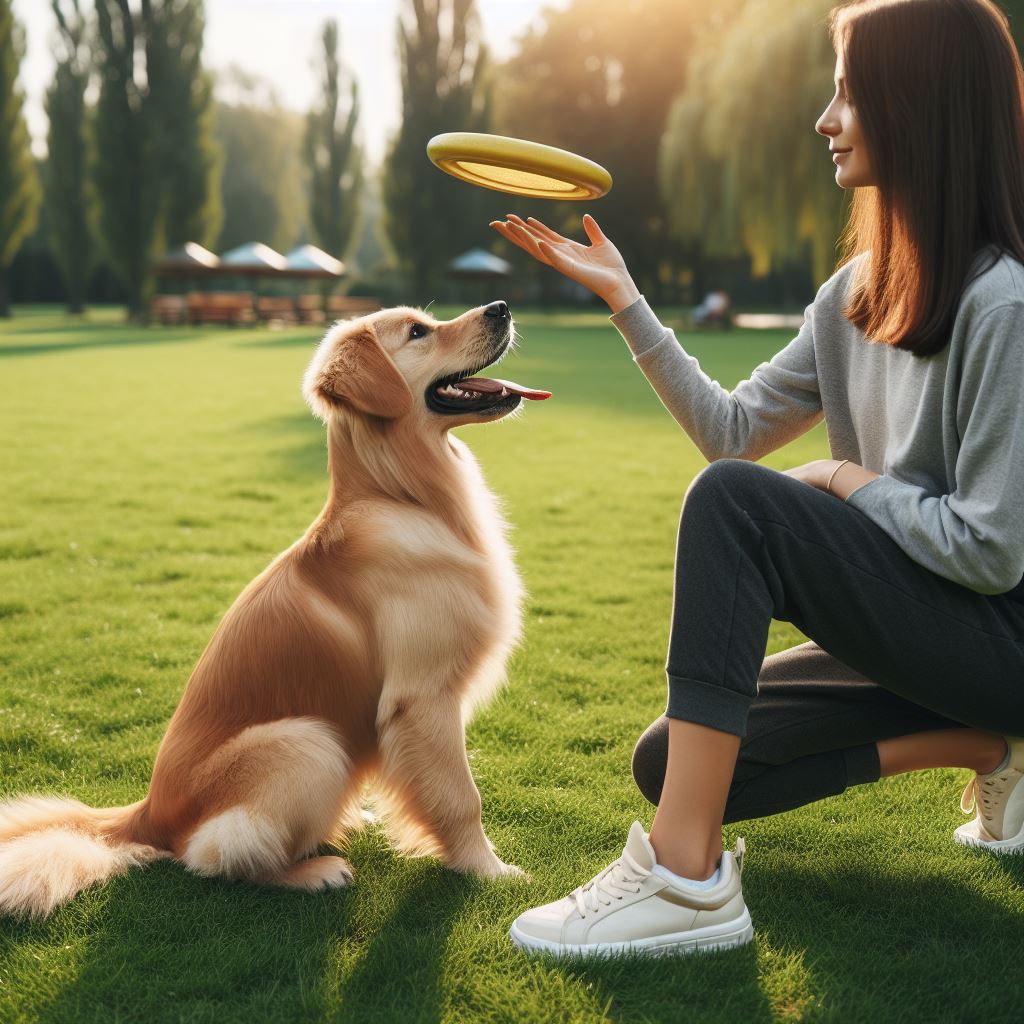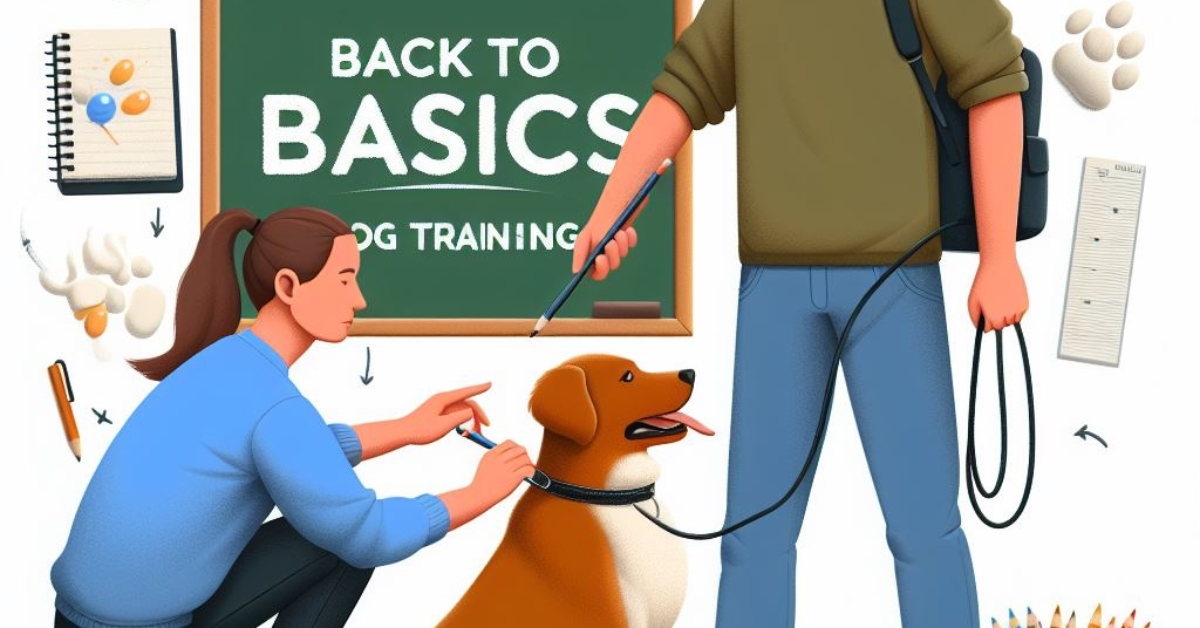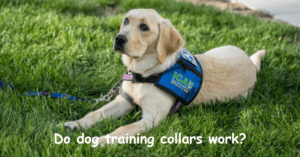Introduction
Welcome to our guide on mastering the basics of dog training with Back to Basics Dog Training! Whether you’re a seasoned trainer or a newbie pet parent, understanding fundamental training techniques is key to fostering a strong bond with your furry friend. In this post, we’ll delve into four essential sections that cover everything from establishing eye contact to reinforcing positive behaviors. Get ready to unleash your dog’s potential and embark on a rewarding training journey!
Basic Training Eye Contact
Teaching your dog to make eye contact is an essential skill in training. Dogs are attuned to body language, so incorporate hand signals along with verbal cues. Begin by holding a treat near your eyes while saying look at me. Use a clicker and treats to reinforce the behavior as your dog maintains eye contact, gradually increasing the duration.
Repetition and consistency are key, so practice this exercise regularly to reinforce the behavior. Over time, your dog will learn to focus on you when given the cue. This skill can be useful in redirecting attention or gaining control in distracting environments. Building a strong foundation of eye contact can also strengthen your bond with your canine companion. With patience and positive reinforcement, you’ll see improvement in your dog’s attentiveness and responsiveness during training sessions.

Positive Reinforcement Techniques
Positive reinforcement is a fundamental aspect of successful dog training. It involves using a clicker to signal when your dog performs desired behaviors, such as avoiding food left on the ground. This method effectively communicates your expectations to your pet. It’s important to reward even small steps towards the desired behavior and to remain calm and supportive during the training process. When your dog leaves food untouched, use the clicker and then offer a treat or praise immediately after.
Consistency is key in reinforcing positive behaviors, so be sure to consistently reward good behavior with treats or affection every time it occurs. Over time, your dog will come to associate leaving food untouched with receiving praise or rewards, strengthening this preferred behavior. With patience and consistent effort, you’ll build a strong foundation for effective communication and obedience between you and your furry companion.
Shaping Behaviors
Training your dog to perform specific positions like sitting or lying down is best achieved through the use of treats as a guide. It’s important to choose a comfortable and quiet environment to minimize distractions during training sessions. Hold the treat in front of your dog’s nose, slowly guiding them into the desired position while using a verbal cue, such as sit or down. Once your dog has successfully moved into the correct position, immediately reward them with the treat and praise.
Repeat this process several times, allowing your dog to associate the verbal cue with the action and reinforcing their understanding of what is expected. Consistency is key – be patient and continue practicing regularly to reinforce the behavior. Eventually, your dog will learn to readily respond to the verbal cues without needing a visible treat as a guide.
It’s important not to rush the training process; take things slowly and allow your pet enough time to understand and respond to your commands. With patience and consistent reinforcement, your furry friend will soon become proficient in responding to specific verbal cues for various positions.
Building Communication basics
Effective communication is the cornerstone of successful dog training. It is crucial to establish a genuine and deep connection with your canine companion through open and heartfelt interactions, as well as positive energy. By demonstrating sincerity and patience, you can cultivate a strong bond with your dog that will enhance the training experience.
Engage with your furry friend by observing their individual personality traits and energy levels. Tailoring your training approach to suit their unique characteristics ensures a more effective and enjoyable learning process for both you and your dog. Keep in mind that dogs thrive on genuine connection, so aim to build trust and understanding in every interaction.
Incorporate positive reinforcement techniques to encourage good behavior while avoiding punishment-based methods. This approach not only strengthens the bond between you and your dog but also promotes a harmonious relationship built on mutual respect. Remember, each dog is different, so adapt your training methods accordingly to ensure the best results.
Final Thoughts
Mastering the basics of dog training requires patience, consistency, and a deep understanding of canine behavior. By implementing the techniques outlined in this guide, you’ll be well on your way to unlocking your dog’s full potential and strengthening your bond for years to come. Embrace the journey, celebrate small victories, and enjoy the rewarding experience of training your beloved four-legged friend.




